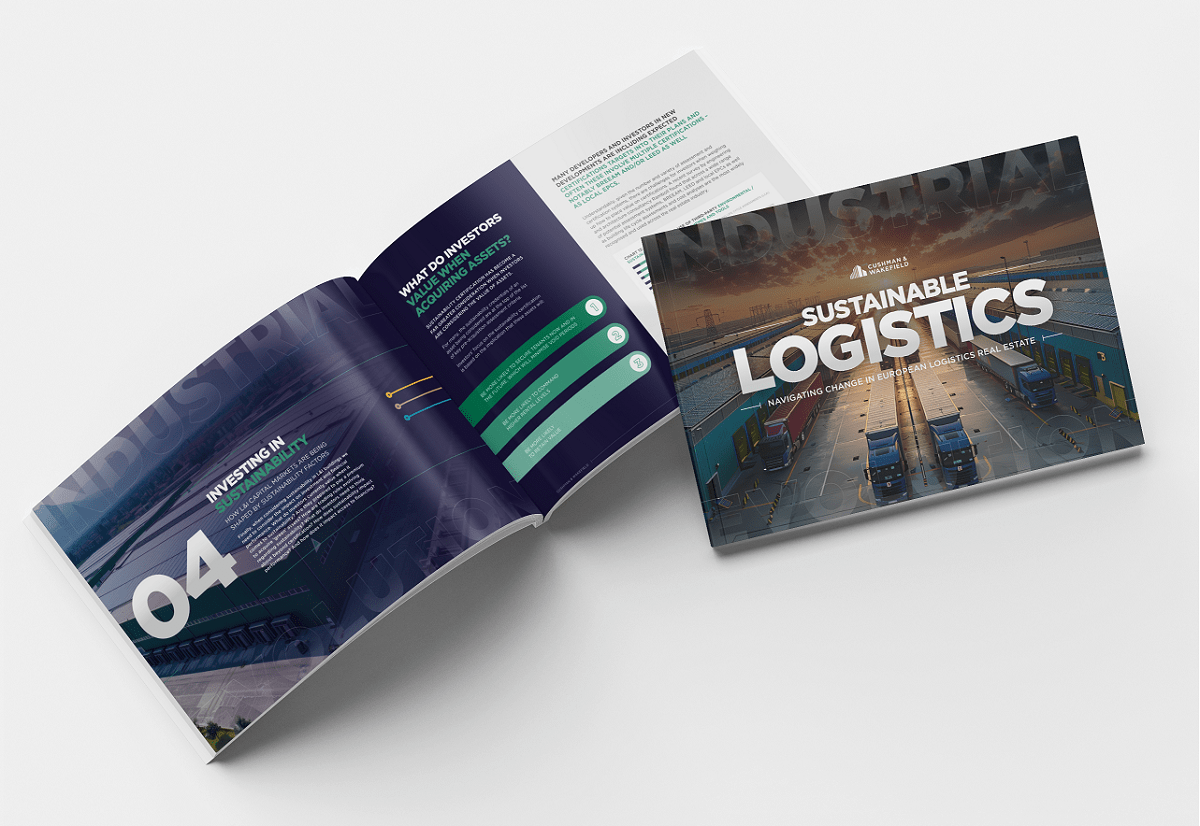Navigating Change in European Logistics Real Estate
As the industry adapts to new realities, from carbon reduction commitments to evolving regulatory environments, the role of logistics real estate is becoming increasingly pivotal. Our latest report, "Sustainable Logistics: Navigating Change in European Real Estate," offers a deep dive into the strategies, innovations, and critical decisions that are defining the future of sustainability in logistics real estate across Europe.
This comprehensive report explores the intersection between environmental and social responsibility and operational efficiency, providing actionable insights for stakeholders across the logistics value chain. Whether you are an investor, occupier, developer, or asset manager, this report will equip you with the knowledge needed to thrive in this evolving landscape.
Download the full report External Link now to gain exclusive access to in-depth analysis, case studies, and strategic recommendations.

















